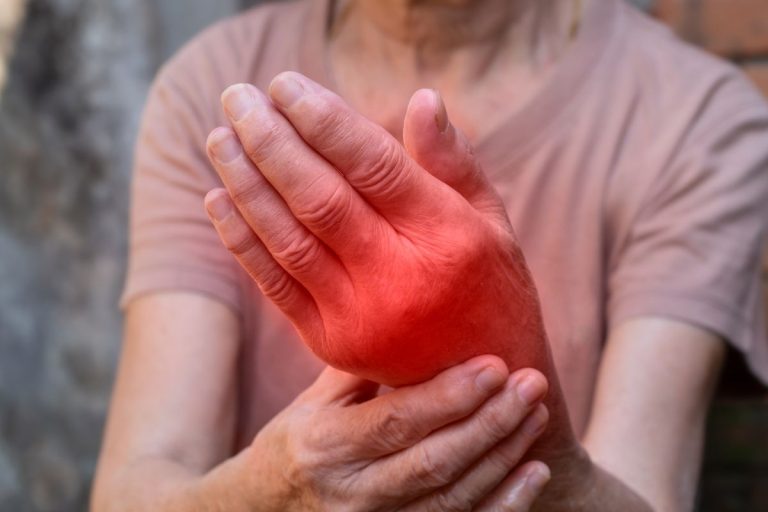Hydrogen peroxide is a common household chemical with many uses, including disinfection and disinfection. Some people have used hydrogen peroxide as a home remedy for yeast infections, but its efficacy and safety for that is a matter of debate among health professionals and it’s important to understand the potential benefits and risks before considering its use.
Hydrogen peroxide treatment for yeast infections may have the following advantages:
Antiseptic properties: Hydrogen peroxide has strong antiseptic properties, which means it can kill or inhibit the growth of microorganisms, including disease-causing yeasts such as Candida
Affordability: Hydrogen peroxide is readily available and relatively inexpensive, making it an affordable option for some people.
Symptom relief: Some people claim that hydrogen peroxide can provide temporary relief from the inflammation and discomfort associated with yeast infections.
Potential Risks and Complaints:
Irritation: Applying undiluted hydrogen peroxide to the affected area can cause skin irritation, burning and discomfort. Before use, a bandage impregnated with hydrogen peroxide should be applied to ensure there are no side effects.
Unproven efficacy: There is limited scientific evidence to support the use of hydrogen peroxide in the treatment of yeast infections, and it may not be as effective as other medically approved treatments
Eliminate beneficial bacteria: Hydrogen peroxide can upset the balance of beneficial bacteria in the vaginal area, which can worsen the condition
Recurrence: Treating symptoms with hydrogen peroxide alone without treating the root cause of the yeast infection can lead to recurrence.
How to treat yeast infections with hydrogen peroxide:
If you decide to use hydrogen peroxide to treat a yeast infection, it is important to take the following precautions.
Distillation: Mix one part hydrogen peroxide with five parts water to make a 3 percent solution. Do not use undiluted hydrogen peroxide as it can be very harsh on the skin.
Testing: Perform an allergy test on a small, subtle area of skin before applying the solution to the affected area to check for possible side effects
Use: Apply the diluted solution to the outer genital areas with a clean cloth or cotton ball. Avoid vaginal penetration.
See a health care professional: If symptoms persist or worsen, see your doctor for proper diagnosis and treatment. There are many over-the-counter antifungal medications specifically designed to treat yeast infections.
Conclusion Although some people have used hydrogen peroxide to treat yeast infections, caution should be used due to the potential risks and lack of scientific evidence to support its effectiveness If you suspect a yeast infection, consult a health care professional for proper diagnosis and guidance for optimal treatment. They can recommend safe and proven treatments to effectively treat the problem.


